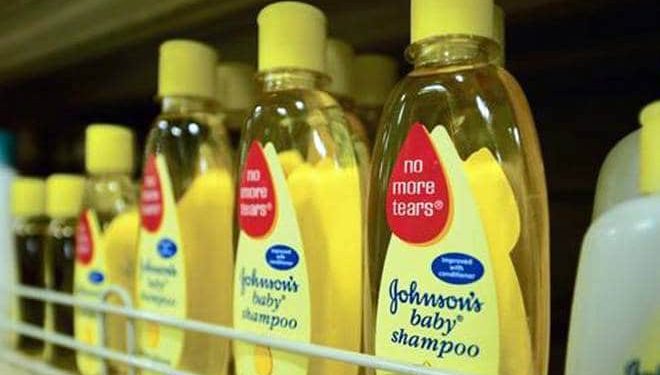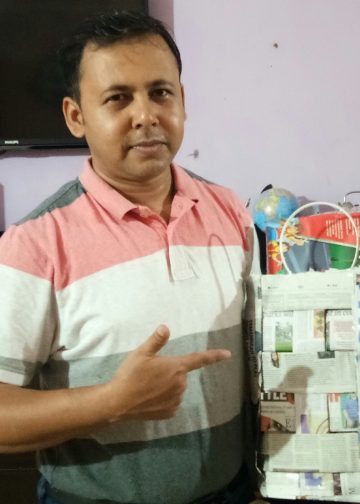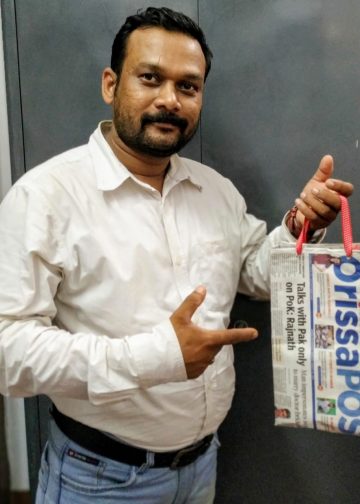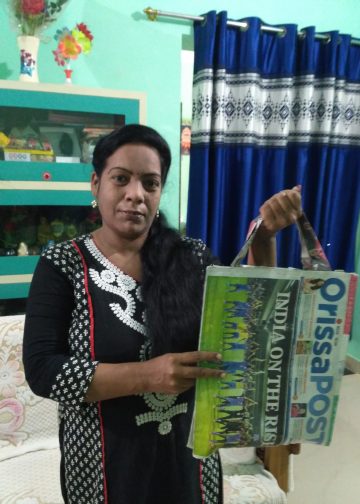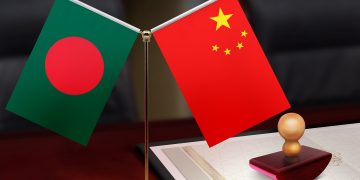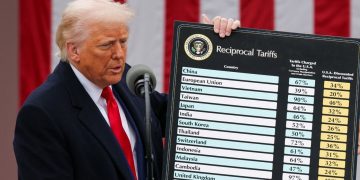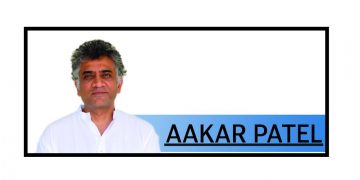New Delhi: Johnson & Johnson’s famous baby shampoo does not contain chemical formaldehyde, re-tests done by noted central drugs laboratory has said. The Central Drugs Laboratory in Kolkata conducted tests on two different lots of the J&J baby shampoo after the company contested a finding of the Rajasthan Drugs Control Organisation (RDCO) that claimed to have found formaldehyde in the shampoo.
The RDCO on its website posted results of the tests done by Central Drugs Laboratory which stated that “the sample does not contain formaldehyde” in case of both the lots.
When contacted a Johnson & Johnson spokesperson said: “We are pleased with the conclusion of the Rajasthan FDA, which confirms that Johnson’s Baby Shampoo does not contain formaldehyde”.
The outcome reaffirms the company’s own testing and the longstanding assurance it gave that its baby shampoo does not contain formaldehyde or any formaldehyde-releasing ingredients, the company said.
“Importantly, this is the result of the appellate laboratory, following a magistrate court order for re-testing, and overrules an earlier test result that was erroneous,” the spokesperson said.
Nothing is more important to Johnson & Johnson than the safety of people who use its products, and the company’s quality assurance process is rigorous – meeting or exceeding standards in every country where its products are sold, the company said.
In a June 3, 2019, order to all Drug Control Officers of Rajasthan, the RDCO said that as per the test report of the Kolkata laboratory, samples of Johnson & Johnson’s baby shampoo 100 ml and 50 ml did not contain formaldehyde.
As per the experts, formaldehyde can cause cancer in humans.
On 5 March, 2019, the Rajasthan Drugs Control Organization had reported presence of formaldehyde in samples of two batches of baby shampoo manufactured by Johnson & Johnson in India.
The company had rejected the finding and had said its products do not contain formaldehyde or any ingredient capable of releasing formaldehyde. It had questioned the Rajasthan drug controller’s claim as well as the method of testing that led to the results.
—pti

